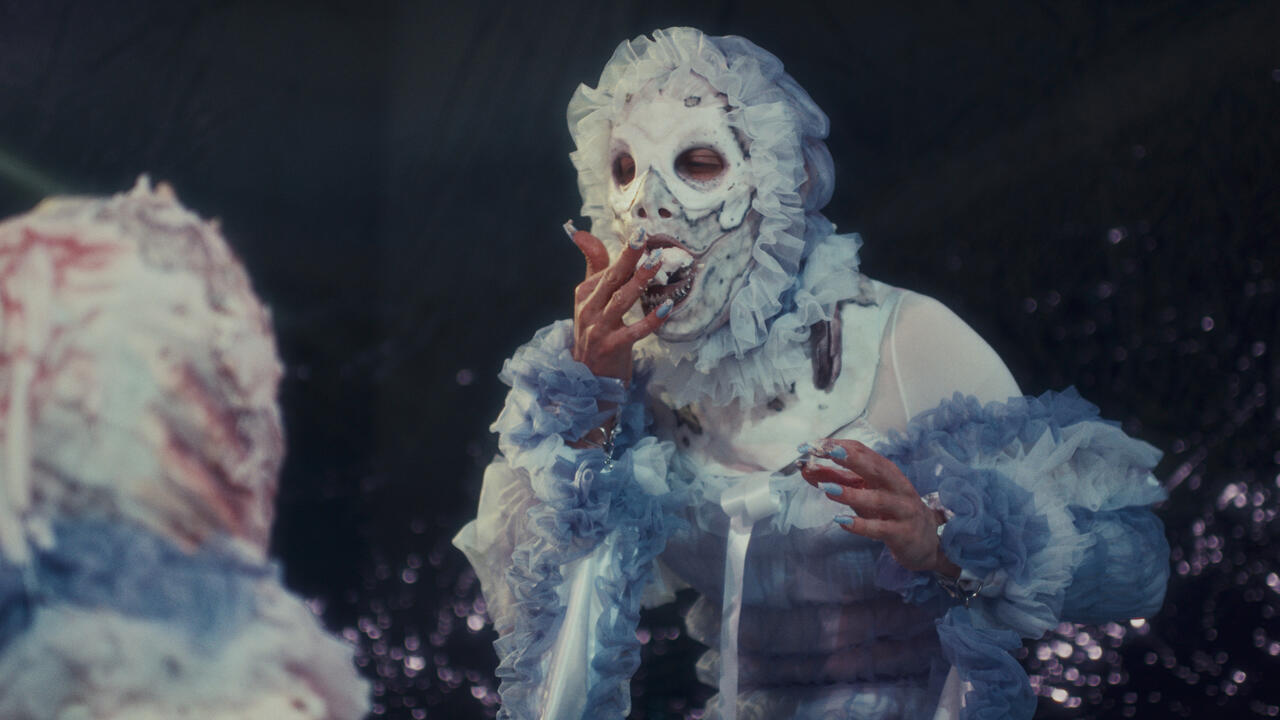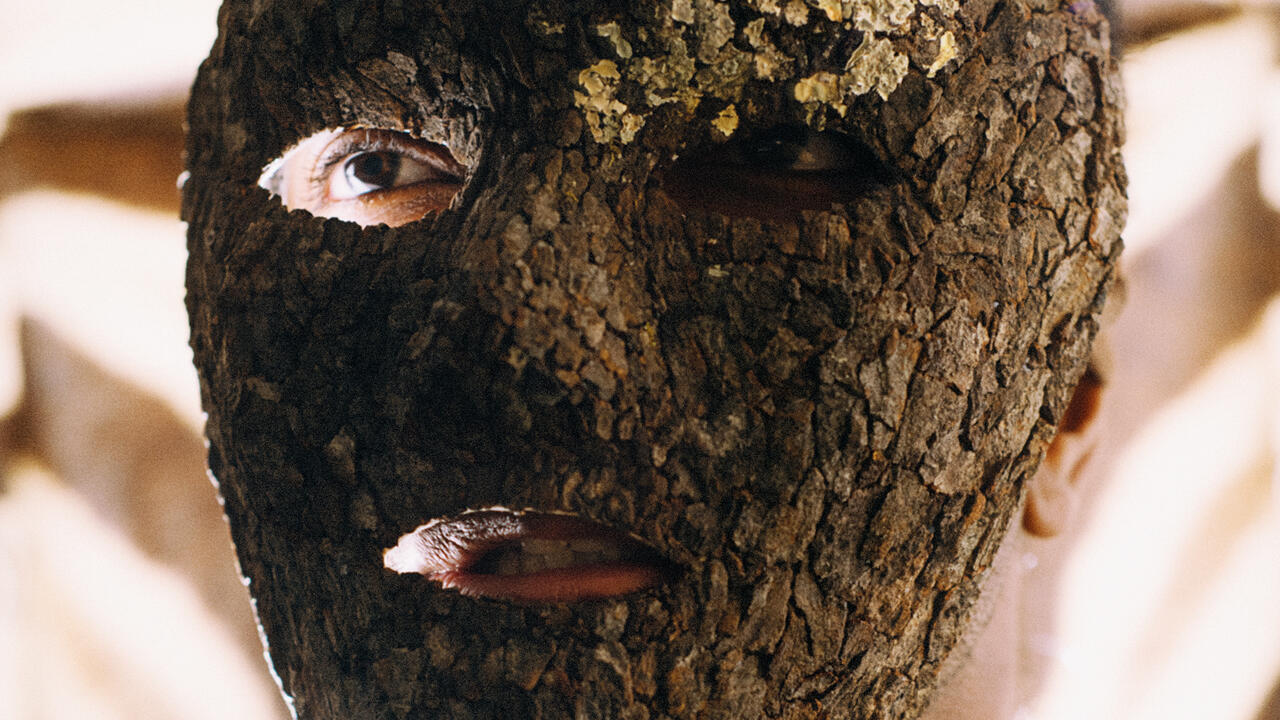Alicia McCarthy
Jack Hanley Gallery, San Francisco, USA
Jack Hanley Gallery, San Francisco, USA

I moved to San Francisco in 1995 and became involved in a Punk collective called The Epicenter Zone, named after the Loma Prieta earthquake that had trashed the area the year the collective was founded. It was based in a shambolic flat in the heart of the Mission district, and was teeming with records and 'zines, stained couches and a chaotic library. It was also a place where Mission graffiti artists displayed their work and hung out; indeed, a mural by Barry McGee covered the back wall - a huge, po-faced figure that presided morosely over the shopping Punk rockers. Alicia McCarthy had her studio on the other side of that wall, and I can recall seeing her antique cursive script - Fancy and Probe were her tags at the time - scrawled in paint-pen on walls around the city.
McCarthy's current work retains much of what made it compelling then, a repertoire of practices that, at least to some extent, amounted to a collective artistic style in the queer and Punk undergrounds of the late 1990s. These included: a deep romance for the handwritten and handmade; a love of cartoons, naive drawings and misspelt words; an emphasis on using found materials and the recuperation of (supposedly) démodé media such as painting or woodblock printing. An ever-present nostalgia for the obsolete, and a distinctive colour palette crossed the odd complements of 1970s T-shirts with the (unacknowledged) influence of late Modernist colour theory. These techniques are legible, in retrospect, as defensive tactics against the dot.com bomb, against its love of novelty and font-fetishism, against its slick Photoshop graphics and bubble-economy hubris. Of course, the joke was on the Punks. By 1999 Epicenter had been evicted and the Punk scene it sustained was wrecked.
McCarthy's current exhibition 'The Forgoton Works' (at a gallery a block from Epicenter's former location) contains recognizable elements of that collective style - check out the misspelt title. Paintings are made from odd pieces of scarred plywood organized directly against the walls and floor of the gallery (Ellsworth Kelly would seem to be an important precedent). Awkward hand-painted motifs - chromatic rainbow figures, a chipped paint-pen fleur-de-lys - are daubed on to their irregular surfaces, and gestural spritzes of spray-paint wander distractedly over their tableaux and across the baseboards of the room. The artist treats both space and materials with physical, crafty immediacy, in tension with her delicate, almost offhand use of paint. Bright orange tape maps the show's title in rudimentary script, and the paintings are nailed crudely into the wall. The corner piece (Untitled, 2003), a collection of abstract knick-knacks and rubber bands, is one exception to this rough and ready quality: it implies a household tableau, an intimate, domestic space - whereas the rest of the exhibition would be equally at home in the street or the thrift store.
McCarthy has a fascinating habit of including other people's work in her shows. Besides those paintings that are recognizably her own, there are drawings and hand-altered thrift-store clothes given queer, customized slogans. A pair of tatty suit trousers is stitched with the inadvertent Jesus Jones lyric 'Right Here Right Now'; a sporty, spotty T-shirt is sewn with the odd claim 'this is a threat to capitalism'. One is hard pressed to know who did what, in these cases, as the attributions are not obvious. (One of the shirts, probably the one that reads 'Allergic to Bullshit', is by Sara Thustra.) This makes reading McCarthy's style a dicey but intriguing proposition - what exactly do inconsistencies mean? Was the wood painted when she found it? Who stitched the shirts? This practice also gestures outwards, towards the artist's larger community and to the collective style that constitutes the basic syntax of her art.
Read in the broader context of painting's perpetual demise and wacky, polymorphous reinventions, the work appears less overtly politicized and more formal. From that perspective it seems to revive old Modernist chestnuts such as the ready-made and painterly Primitivism, to ambiguous effect. Her painterly naivety, that is, lacks the freaky libido and sensual derangement that gave Modernist Primitivism such farcical but real intensity; her primitivism, such as it exists, is comparatively harmless. What deracinated Folk art or childish scribbles could it possibly reference? McCarthy's anodyne primitivism is reinforced, however, by those elusive moments of skill that emerge, particularly in her use of colour. It is this formal intelligence that manoeuvres her paintings beyond Indie-naivety, and gives nuance to the political nature of their 'forgoton'-ness.




















